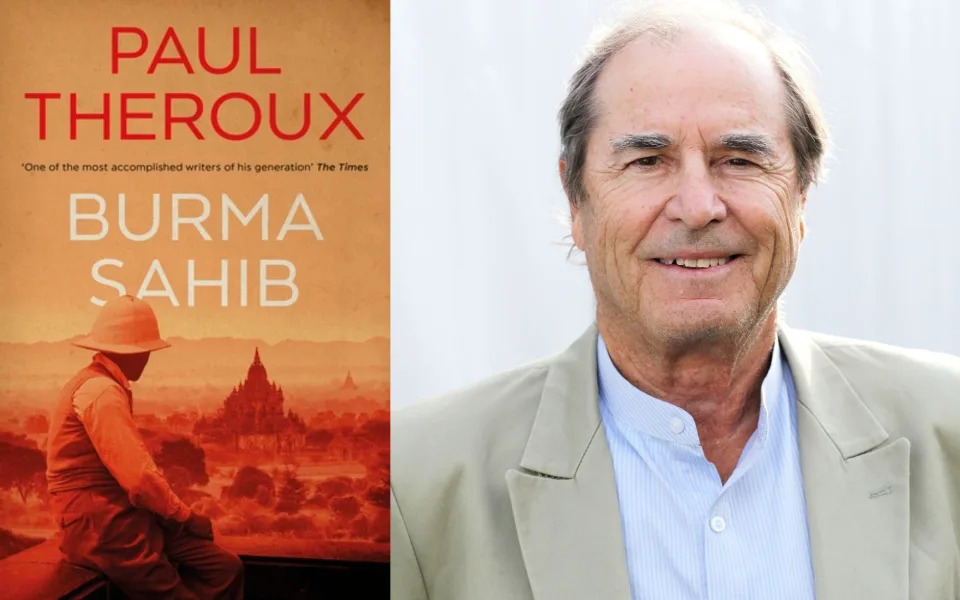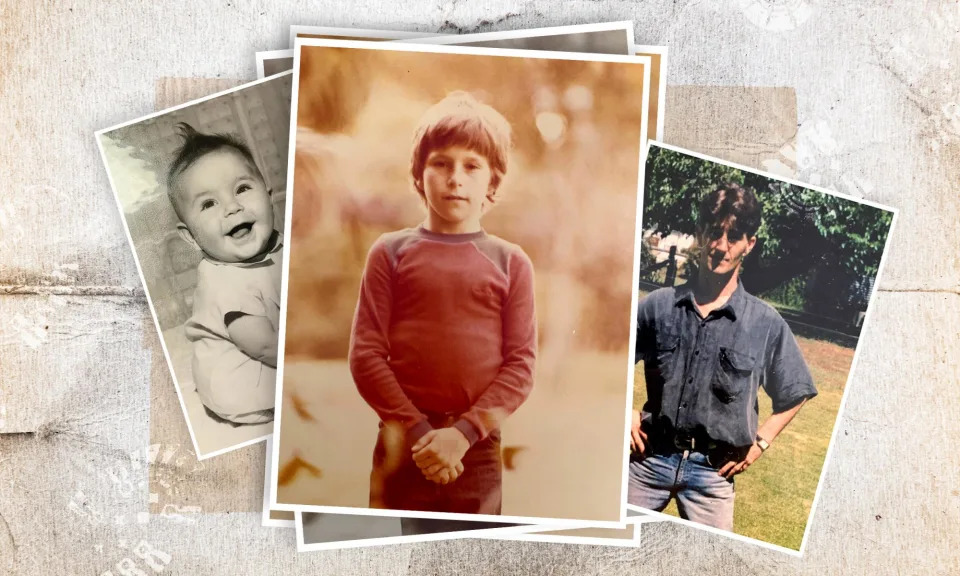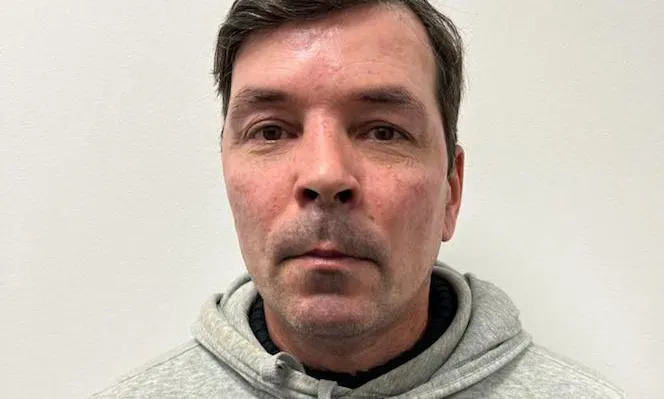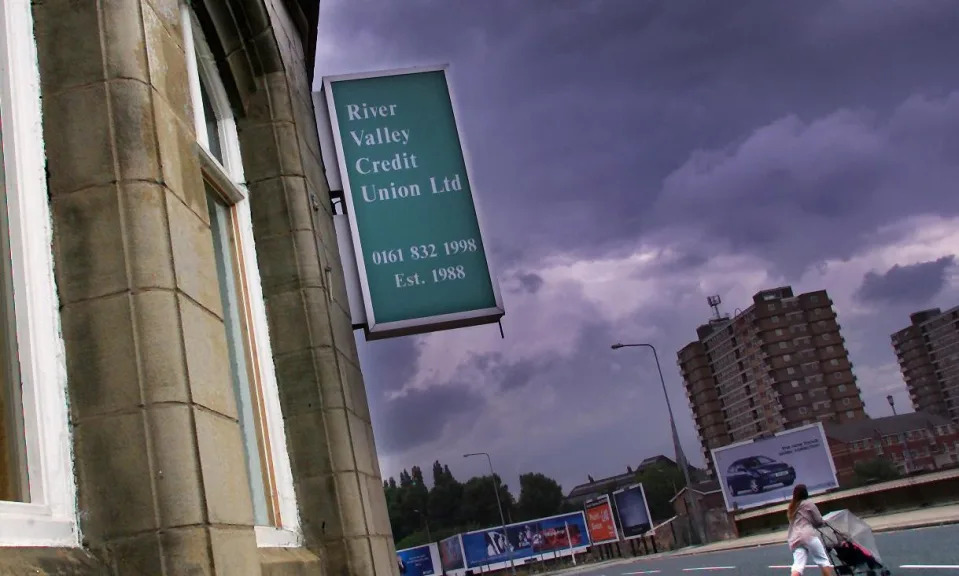Eleanor Steafel
The Telegraph
Mon, 5 February 2024

Jack Hemmings joined the RAF in 1940 at 18. It has been 84 years since the grandfather-of-three, first took to the skies - Geoff Pugh for the Telegraph
It’s almost impossible for younger generations to imagine the skies being filled with the roar of Spitfires, let alone fathom the idea of signing up to go to war.
Jack Hemmings, 102, doesn’t recall feeling frightened when he joined the RAF in 1940 at 18 – he trusted the training would prepare him for whatever the war threw at him.
Going to war “made me grow up a bit, I suppose”, said Jack, a Second World War veteran and former RAF Squadron Leader, who on Monday became the oldest pilot ever to fly a Spitfire.
A bomber pilot, he was stationed in Kolkata with 353 Squadron to protect the Bay of Bengal and the coast of Burma (as it was then known) until 1946, and received the Air Force Cross for “exemplary gallantry while flying”.
Last month, Gen Sir Patrick Sanders, Chief of the General Staff, implored ministers to “mobilise the nation”, suggesting the country’s defences could be strengthened by bringing back conscription, which was suspended in 1960.
What could younger generations learn from that of Jack? “Who’s to say that our generation was any better than theirs?” he said, speaking before his flight in the Heritage Hangar at Biggin Hill airfield. “But by and large I think the present generation are a bit scatty.”

Jack Hemmings in the Heritage Hangar at Biggin Hill airfield

Taking to the skies in the two-seater Spitfire - Geoff Pugh for the Telegraph
This year will mark 80 years since the Battle of Kohima – the turning point of the Japanese offensive into India, where Jack was stationed. He is one of just two remaining members of his squadron.
Did he expect his former comrades to be in his thoughts when he took to the skies? He is far too pragmatic for all that. When you’re in the air, he said, “you’re busy doing what you’re supposed to do”.
“I’m not going to sit there and think of other times. This time is the important one.”
Monday’s flight was by no means the first time in 80 years Jack had been airborne. He bought a small aircraft after his retirement. On his 100th birthday in 2021, he performed an aerobatic display in a Slingsby Firefly – a surprise gift from his wife, Kate.

Mr Hemmings described his flying skills as 'a bit rusty. Not surprisingly, as I am rusty' - Geoff Pugh for the Telegraph
In 2022, he flew a 1947 Gemini – the same model he took to Africa in 1948 in what was the first British mission to assess humanitarian needs in isolated communities dotted across the continent.
Setting out with a map, a compass and only the River Nile as their guide, he and his friend Stuart King, who had been at D-Day, visited more than 100 mission outposts which were separated from vital resources by jungles and deserts.
Jack wore a look of pure contentment on his face
They crashed on a Burundi mountainside; a moment Jack (who once nicknamed himself “Crasher Jack”) remembers vividly.
“The surprising thing was we smacked the ground at 100 miles an hour, into a totally undeveloped hillside.
“We could have gone straight into an enormous boulder or tree but we went into rough ground and didn’t burst into flames and the lid in the door opened quite simply.
“Neither of us was injured except I had a bruise on my thigh where it hit the throttle and Stuart had a cut on his little finger. It couldn’t have been more minimal.”
They founded Mission Aviation Fellowship (MAF), the world’s largest humanitarian air service, which still flies all over the world delivering aid and medical help in low income countries.
Coming into land after his 30-minute flight, Jack wore a look of pure contentment on his face.
His co-pilot, Barry Hughes, had handed over the controls mid-flight. “I don’t think he’s lost his touch,” said Mr Hughes.
How did Jack find it? “Absolutely delightful,” he said, beaming as the propellers slowed and the roof of the cockpit lifted.
“Slightly heavier than I expected. We were flying at about 210 knots which is faster than I used to fly in my Air Force days. I was a bit rusty. Not surprisingly, as I am rusty.”
Mon, 5 February 2024

Jack Hemmings joined the RAF in 1940 at 18. It has been 84 years since the grandfather-of-three, first took to the skies - Geoff Pugh for the Telegraph
It’s almost impossible for younger generations to imagine the skies being filled with the roar of Spitfires, let alone fathom the idea of signing up to go to war.
Jack Hemmings, 102, doesn’t recall feeling frightened when he joined the RAF in 1940 at 18 – he trusted the training would prepare him for whatever the war threw at him.
Going to war “made me grow up a bit, I suppose”, said Jack, a Second World War veteran and former RAF Squadron Leader, who on Monday became the oldest pilot ever to fly a Spitfire.
A bomber pilot, he was stationed in Kolkata with 353 Squadron to protect the Bay of Bengal and the coast of Burma (as it was then known) until 1946, and received the Air Force Cross for “exemplary gallantry while flying”.
Last month, Gen Sir Patrick Sanders, Chief of the General Staff, implored ministers to “mobilise the nation”, suggesting the country’s defences could be strengthened by bringing back conscription, which was suspended in 1960.
What could younger generations learn from that of Jack? “Who’s to say that our generation was any better than theirs?” he said, speaking before his flight in the Heritage Hangar at Biggin Hill airfield. “But by and large I think the present generation are a bit scatty.”

Jack Hemmings in the Heritage Hangar at Biggin Hill airfield
- Geoff Pugh for the Telegraph
He added: “Going to war, your mind is concentrating on what you’re doing, which is your part in the war […] You apply your mind to your task and do it as well as you can.”
Back then, you relied on your squadron and your training to get you through, he said. “You’re trained to meet all circumstances. If there’s a new circumstance, that’s what you’re trained for – to work out what the problem is, put it right and get back.”
On the airfield at Biggin Hill, as the Spitfire roared into life on Monday, you could feel the judder of its powerful Merlin engine. But as soon as you take flight, Jack said, soaring into the air at 210 knots, aiming for the clouds, it’s a different story – there is a great sense of peace that comes with being airborne. “Once you’re on the ground and away from controlled airspace, the sky is yours, you get all sorts of emotions.
“Sometimes it’s just pleasure at a lovely outlook. Other times it’s relief when you maybe weren’t quite sure where you were.”
Now it was his turn to find out what all the fuss was about
It has been 84 years since Jack, now a grandfather-of-three, first took to the skies.
He might not have been fazed by much at 18, but at 102, you could have forgiven him for being somewhat daunted by the prospect of clambering into a cockpit on a freezing, windswept airfield and taking flight.
But as soon as the signal came to board, he bounded out of his wheelchair and strode towards the aircraft in his khaki flying suit with the vim and vigour of a man at least 20 years younger.
In 1940, he would have rolled his eyes at the Spitfire lads, he said, deeming them “fighter boys” and “kids”.
Now, it was his turn to find out what all the fuss was about.
Speaking before the flight, he wondered if he might find a Spitfire – a slip of a thing compared to the aircraft he flew in the war – easier to handle.
“I expect I’ll find it vastly more manoeuvrable but of course there will be limits on the manoeuvres we can do. I’m sure they’ll want to keep it fairly straight and level.”
Jack is one of just two remaining members of his squadron
Not that he planned to pass up the chance for a few aerobatics – it seems you’re never too old to use the heavens as a playground. “I love aerobatics,” he admitted, smiling broadly. “I suppose it’s the pleasure of starting off straight and level and upsetting that situation and putting it right.”
He added: “Going to war, your mind is concentrating on what you’re doing, which is your part in the war […] You apply your mind to your task and do it as well as you can.”
Back then, you relied on your squadron and your training to get you through, he said. “You’re trained to meet all circumstances. If there’s a new circumstance, that’s what you’re trained for – to work out what the problem is, put it right and get back.”
On the airfield at Biggin Hill, as the Spitfire roared into life on Monday, you could feel the judder of its powerful Merlin engine. But as soon as you take flight, Jack said, soaring into the air at 210 knots, aiming for the clouds, it’s a different story – there is a great sense of peace that comes with being airborne. “Once you’re on the ground and away from controlled airspace, the sky is yours, you get all sorts of emotions.
“Sometimes it’s just pleasure at a lovely outlook. Other times it’s relief when you maybe weren’t quite sure where you were.”
Now it was his turn to find out what all the fuss was about
It has been 84 years since Jack, now a grandfather-of-three, first took to the skies.
He might not have been fazed by much at 18, but at 102, you could have forgiven him for being somewhat daunted by the prospect of clambering into a cockpit on a freezing, windswept airfield and taking flight.
But as soon as the signal came to board, he bounded out of his wheelchair and strode towards the aircraft in his khaki flying suit with the vim and vigour of a man at least 20 years younger.
In 1940, he would have rolled his eyes at the Spitfire lads, he said, deeming them “fighter boys” and “kids”.
Now, it was his turn to find out what all the fuss was about.
Speaking before the flight, he wondered if he might find a Spitfire – a slip of a thing compared to the aircraft he flew in the war – easier to handle.
“I expect I’ll find it vastly more manoeuvrable but of course there will be limits on the manoeuvres we can do. I’m sure they’ll want to keep it fairly straight and level.”
Jack is one of just two remaining members of his squadron
Not that he planned to pass up the chance for a few aerobatics – it seems you’re never too old to use the heavens as a playground. “I love aerobatics,” he admitted, smiling broadly. “I suppose it’s the pleasure of starting off straight and level and upsetting that situation and putting it right.”

Taking to the skies in the two-seater Spitfire - Geoff Pugh for the Telegraph
This year will mark 80 years since the Battle of Kohima – the turning point of the Japanese offensive into India, where Jack was stationed. He is one of just two remaining members of his squadron.
Did he expect his former comrades to be in his thoughts when he took to the skies? He is far too pragmatic for all that. When you’re in the air, he said, “you’re busy doing what you’re supposed to do”.
“I’m not going to sit there and think of other times. This time is the important one.”
Monday’s flight was by no means the first time in 80 years Jack had been airborne. He bought a small aircraft after his retirement. On his 100th birthday in 2021, he performed an aerobatic display in a Slingsby Firefly – a surprise gift from his wife, Kate.

Mr Hemmings described his flying skills as 'a bit rusty. Not surprisingly, as I am rusty' - Geoff Pugh for the Telegraph
In 2022, he flew a 1947 Gemini – the same model he took to Africa in 1948 in what was the first British mission to assess humanitarian needs in isolated communities dotted across the continent.
Setting out with a map, a compass and only the River Nile as their guide, he and his friend Stuart King, who had been at D-Day, visited more than 100 mission outposts which were separated from vital resources by jungles and deserts.
Jack wore a look of pure contentment on his face
They crashed on a Burundi mountainside; a moment Jack (who once nicknamed himself “Crasher Jack”) remembers vividly.
“The surprising thing was we smacked the ground at 100 miles an hour, into a totally undeveloped hillside.
“We could have gone straight into an enormous boulder or tree but we went into rough ground and didn’t burst into flames and the lid in the door opened quite simply.
“Neither of us was injured except I had a bruise on my thigh where it hit the throttle and Stuart had a cut on his little finger. It couldn’t have been more minimal.”
They founded Mission Aviation Fellowship (MAF), the world’s largest humanitarian air service, which still flies all over the world delivering aid and medical help in low income countries.
Coming into land after his 30-minute flight, Jack wore a look of pure contentment on his face.
His co-pilot, Barry Hughes, had handed over the controls mid-flight. “I don’t think he’s lost his touch,” said Mr Hughes.
How did Jack find it? “Absolutely delightful,” he said, beaming as the propellers slowed and the roof of the cockpit lifted.
“Slightly heavier than I expected. We were flying at about 210 knots which is faster than I used to fly in my Air Force days. I was a bit rusty. Not surprisingly, as I am rusty.”











